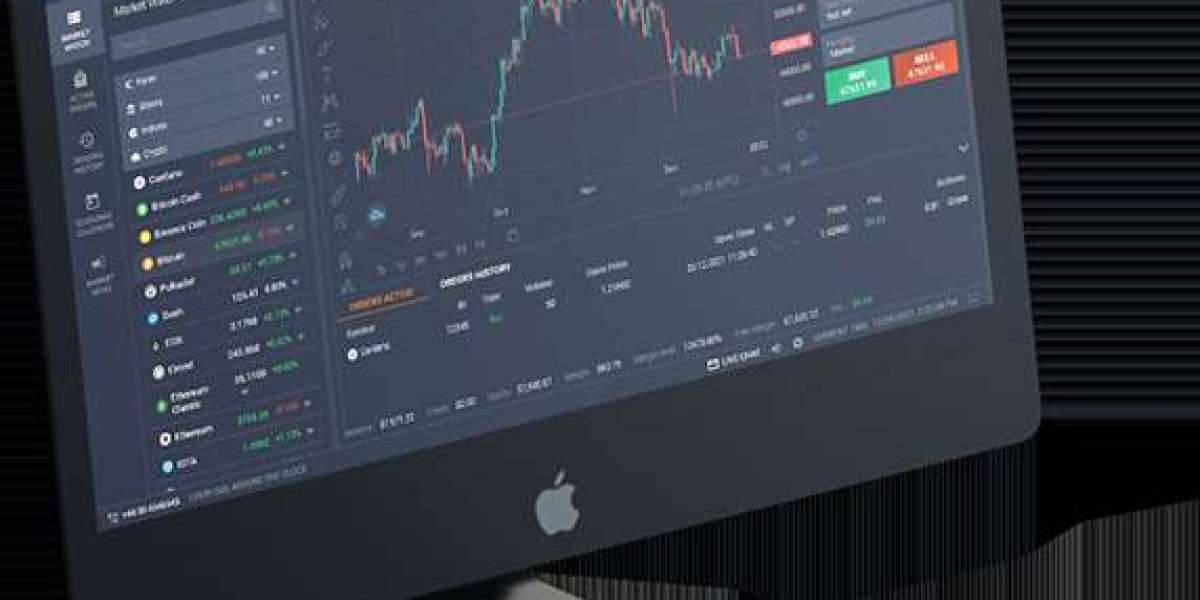Originally published by Quantzig: Why Food Delivery Analytics Is the Best Option for FMCG Companies?
Transformative Impact of Food Delivery Analytics
The swift growth of the food delivery industry is directly linked to how well companies meet and exceed customer expectations. By employing advanced data mining techniques and real-time insights, food delivery businesses can leverage predictive analytics as a crucial tool for maintaining agility, responsiveness, and a competitive advantage in a constantly changing market.
Importance of Predictive Analytics in Food Delivery
This case study from Quantzig highlights the significant role of food delivery analytics in shaping the growth trajectories of businesses within this sector. As market conditions evolve, companies are increasingly adopting predictive analytics tools to enhance personalization, accurately forecast demand, and ensure timely deliveries. By effectively integrating predictive analytics, businesses can customize their offerings, improve market forecasts, and optimize delivery processes, ultimately leading to increased customer satisfaction.
Personalization Through Data Analytics
Enhancing Customer Experience with Customized Recommendations
Predictive analytics is essential for food delivery companies aiming to boost customer satisfaction through personalized services. By utilizing this technology, businesses can gain valuable insights into consumer preferences and dining habits. Analyzing historical sales data allows companies to develop customized menus that suggest dishes tailored to individual tastes. This strategy not only enhances the overall customer experience (CX) but also encourages diners to try new culinary offerings.
Additionally, predictive analytics allows companies to dynamically adjust their recommendations based on shifting customer preferences. This proactive approach to personalization is crucial for ensuring that suggestions remain relevant and engaging, resulting in a more satisfying food delivery experience.
Demand Forecasting in the Food Industry
Anticipating Customer Needs for Operational Efficiency
Accurate demand prediction is vital for success in the food delivery industry. Predictive analytics aids this by analyzing user behaviors, historical order data, and online interactions. This capability enables businesses to anticipate fluctuations in demand, which is essential for effective resource allocation and optimizing delivery processes.
Food delivery companies employ robust data mining techniques that account for historical ordering patterns, seasonal sales trends, and external influences such as local events or promotions. This comprehensive analysis provides deeper insights into demand dynamics, allowing businesses to manage inventory, staffing, and operations more effectively, thereby reducing waste and enhancing overall efficiency.
Ensuring Timely Deliveries
Optimizing Delivery Processes for Customer Satisfaction
Timeliness is a critical factor in achieving customer satisfaction in food delivery services. Food delivery analytics tools are essential for analyzing traffic patterns and optimizing delivery routes to ensure on-time service. By incorporating real-time data on traffic conditions, weather, and past delivery performance, predictive models can refine delivery scheduling.
This analytical capability enables companies to navigate challenges such as peak traffic times and unexpected situations more adeptly. By strategically deploying delivery fleets based on real-time insights, businesses can significantly enhance the delivery experience, fostering greater customer trust and loyalty.
Managing Excess Stock and Tracking Trends
Effective Inventory Management for FMCG Companies
Predictive analytics is an invaluable asset for fast-moving consumer goods (FMCG) companies in managing excess inventory and tracking market trends. By effectively leveraging data, these companies can accurately forecast demand and identify potential overstock scenarios. Analyzing historical sales data in conjunction with projected trends allows businesses to proactively adjust their production and distribution strategies, minimizing the risks associated with surplus inventory.
Additionally, trend tracking is crucial for FMCG companies looking to maintain a competitive advantage. By identifying emerging consumer preferences and shifts in demand patterns, businesses can adapt their product offerings and marketing strategies accordingly. This proactive stance enables companies to seize new opportunities, ultimately bolstering their market position.
Conclusion: The Future of Food Delivery Analytics
Predictive analytics has fundamentally transformed the food delivery industry by altering how companies respond to customer demands and drive growth. By leveraging advanced data mining techniques and real-time insights, food delivery businesses can personalize their services, accurately forecast demand, and ensure timely deliveries—key factors that enhance customer satisfaction and loyalty. As the industry continues to evolve, predictive analytics will remain a foundational element for companies striving to stay agile and competitive in a rapidly changing landscape.







